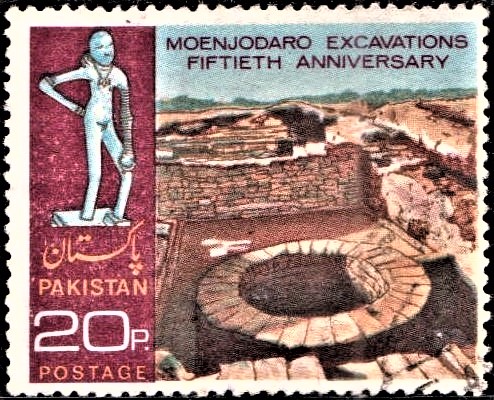
Pakistan on Excavations of Moenjodaro 1973
A commemorative postage stamp on the 50th Anniversary of the Excavations of Mohenjodaro :
 Issued by Pakistan
Issued by Pakistan
Issued on Feb 23, 1973
Design : The stamp is horizontal in format. One of the public baths of Moenjodaro is the subject of the design which is shown in the square on the right side of the stamp in Yellow, Brown and Blue colours. The caption “Moenjodaro Excavations Fiftieth Anniversary” appears in red colour at top against the blue sky of the site. The figure of the Dancing girl of the archaeological finds of the excavations is depicted at top in red panel at left in blue colour. The word ‘Pakistan‘ in Urdu and English appear in Yellow beneath that figure. The denomination ’20 Paisa’ appears below in white with the word ‘Postage’ in yellow colour at the bottom.
Type : Stamp, Postal Used
Denomination : 20 Paisa
Colours : Red / Yellow / Blue / Brown
Size of Stamp : 41 x 33.1 m.m.
Size of Print : 38 x 30 m.m.
Perforation : 13 x 13½ (C)
Quantity printed : 7,00,000
Number of stamps in each sheet : 50
Process of Printing : Litho Offset
Printers : The Pakistan Security Printing Corporation Limited, Karachi
About :
- Between the years 2500 and 1500 B.C., there flourished in the Indus plain one of the most well-developed civilizations of the ancient world. Moenjodaro, an important metropolis of this civilization, exposed by the archaeologist’s spade about 250 miles north of Karachi in Pakistan, is an outstanding example of regimented life. The wide straight roads dividing and sub-dividing the city in square blocks, well-planned houses with two and three storeys; and underground system of drainage are still a model to the present day Town Planner. The inhabitants lived largely by agriculture but also maintained a trade with lands as far as Mesopotamia and Northern Afghanistan.
- The epoch making discovery of the remains at Moenjodaro was made in 1922. Large-scale excavations conducted there have revealed an amazing story of the customs, arts and crafts, social system, and economic life of the people who inhabited this city about 5000 years ago. A picto-graphic script found at Moenjodaro and the variety of relics unearthed there manifest indeed the store of creative intelligence, initiative, perseverance and devotion of the people who built up the great Indus Valley Civilization in that hoary past when most of the civilized world of today was still struggling on the road to progress.
- The city falls into more or less two distinct parts : the lower and the upper. The upper is an oblong mound towards the western outskirts and comprises the Great Bath, the College of Priests, the Pillared Hall and a Buddhist Stupa, added later, which rises about 72 feet above the surrounding area. The lower city comprises the extensive remains of residential quarters etc. The exposed remains have been named as SD, VS, DK and HR after their excavators. It is unfortunate that these outstanding remains of an ancient city which marked an important primeval stage for the grand and grim drama of man’s first endeavour, his integral rise, his phenomenal fall and the great resilience which kept the stream of human life in action in spite of all obstructions and intermittent lapses, stand threatened today with water-logging, salinity and the change in the course of River Indus. The preservation of this unique heritage of mankind is the responsibility of the entire civilized world. If immediate steps are not taken to meet the challenge, the existing remains at Moenjodaro will crumble to pieces within the next 20 to 30 years and this marvel of human progress will disappear from the surface of the earth.
- The situation is indeed alarming and the world community has taken note of it by adopting a Resolution at the last General Conference of UNESCO. A Master Plan has also been prepared by the Experts to save this 5000-year-old city. On the 23rd February, 1973, an International Symposium is being held at Moenjodaro in collaboration with UNESCO. This occasion also marks the Fiftieth Anniversary of the excavations at this world-famous site. To be exact, the Fiftieth Anniversary of these excavated remains was due a year back, but the circumstances prevailing in the country at that time, did not favour the idea of such a celebration and it was postponed for an opportune moment. However, the present celebrations are not to be interpreted as a profligate ostentation of the pride of possessing Moenjodaro within the geographical boundaries of Pakistan, but representing one of the earliest phases of human history. These archaeological remains represent the heritage of all mankind.
- Issued by: The Director-General, Pakistan Post Office, Karachi.


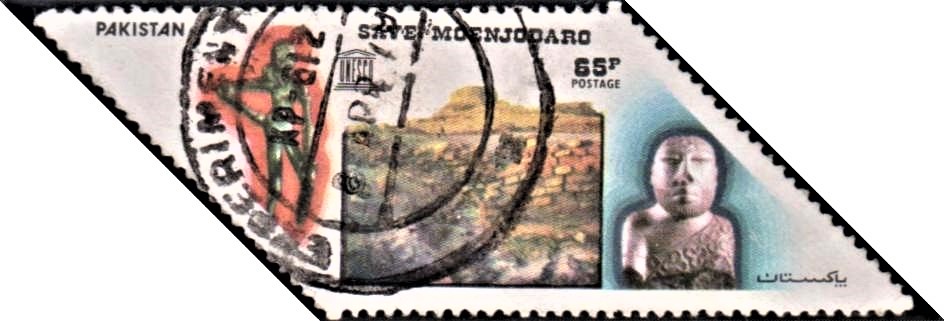
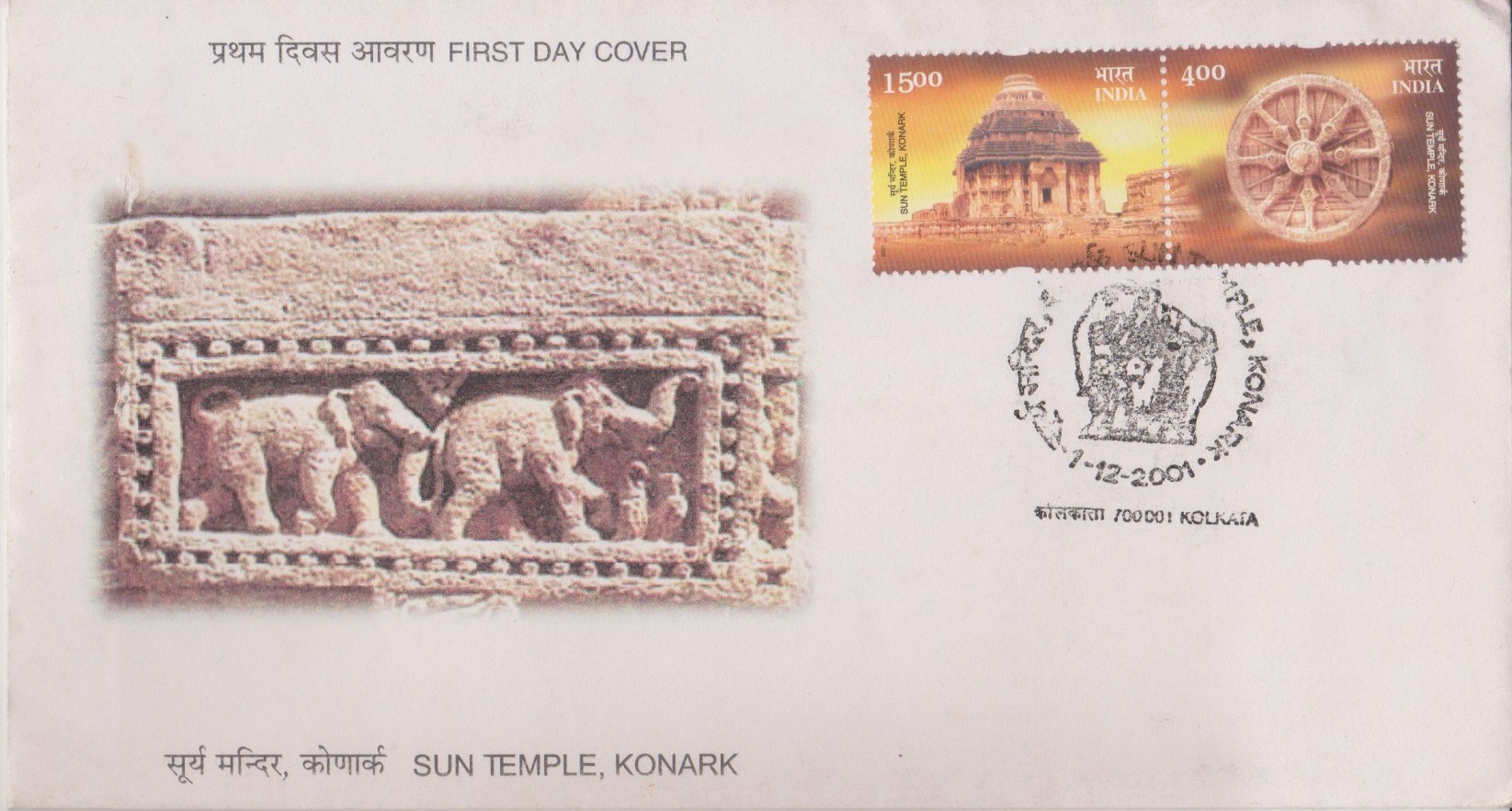
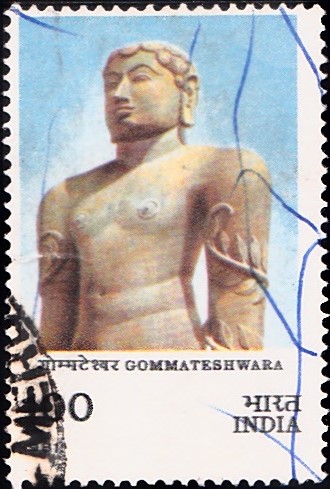
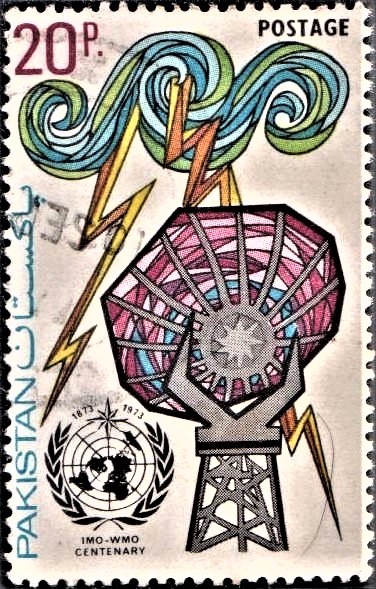
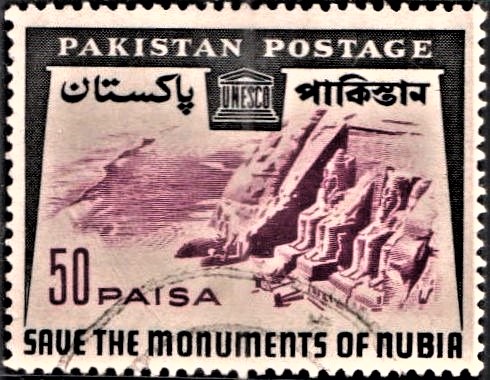
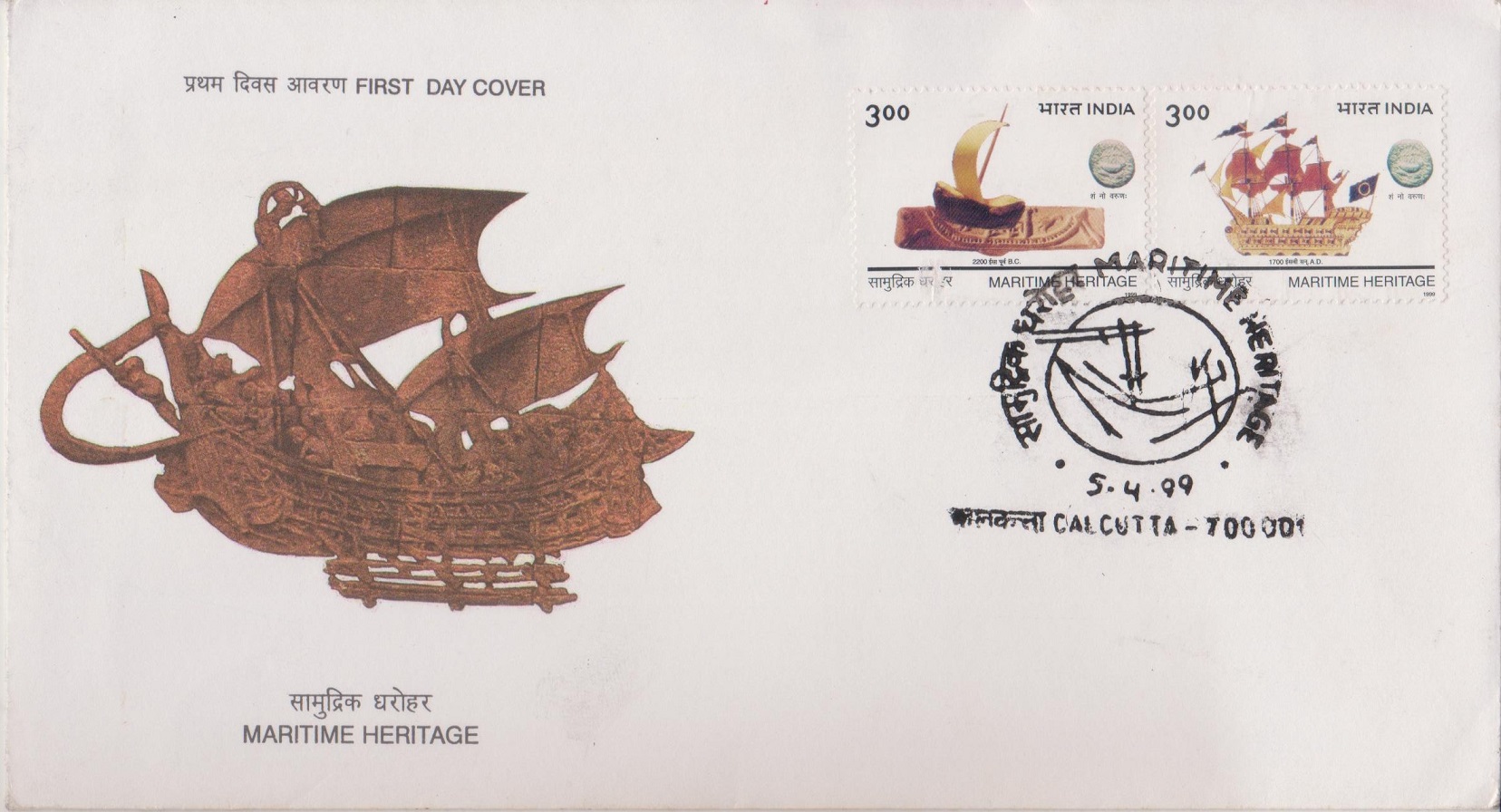
wants to purchase stamps on Mohenjo Daro please update
[…] jasper and a variety of semiprecious stones were imported into the Indus valley cities of Harappa, Mohenjodaro, Lothal, Kalibangan where they were cut, shaped and re-exported to destinations beyond […]
[…] domestic fowl. The earliest records of the domesticated jungle fowl are found in the Harappa and Mohenjo-Daro civilization going back to 2500 […]